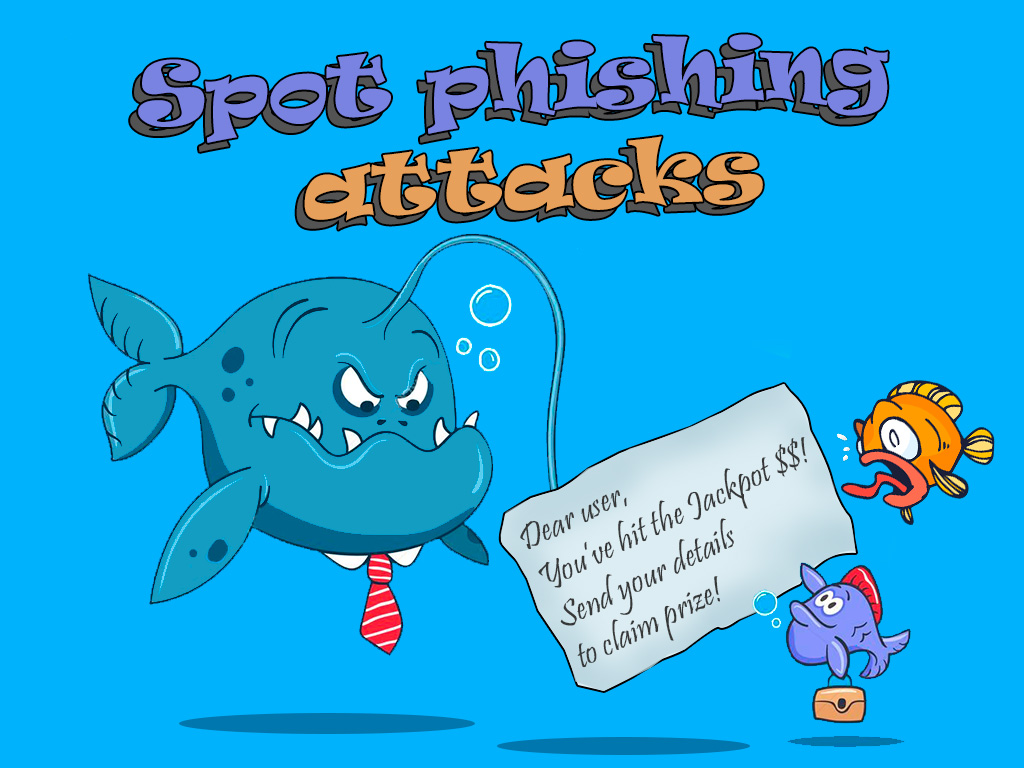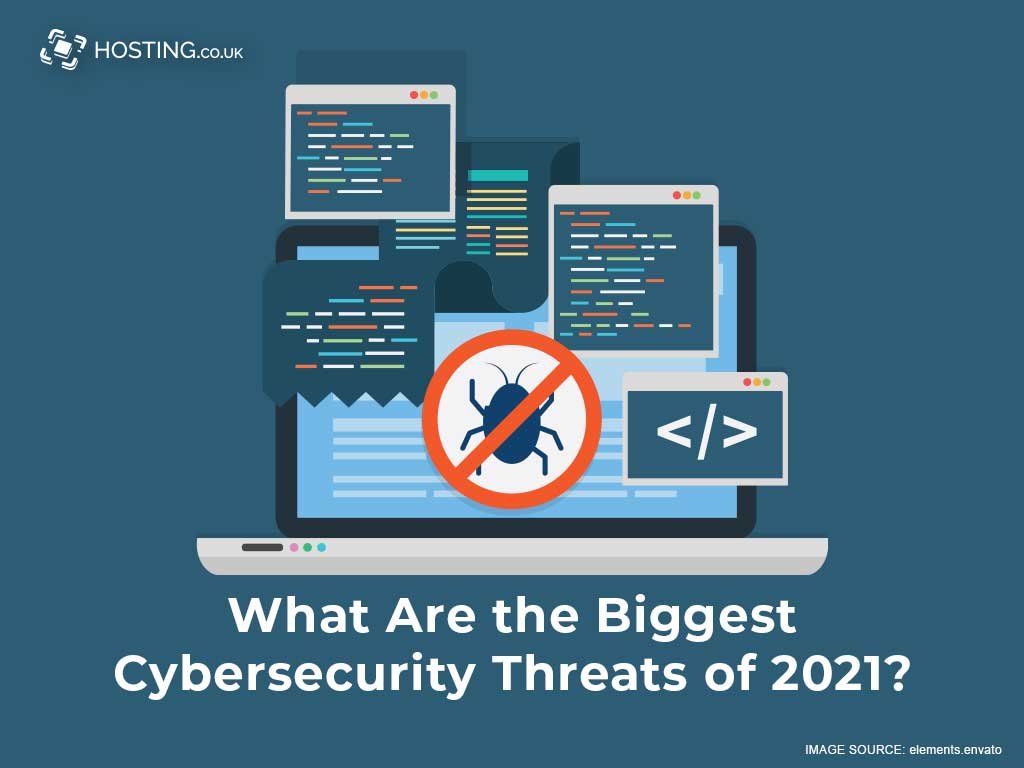Cybersecurity threats are on the rise, and it is essential to stay up to date on the latest threats and identify them. The most popular topic for most businesses is cyber security threats. This is because of the business’s nature and because it is a hot topic in general.
Some of the most common types of cyberattacks are ransomware, phishing scams, and malware, just to mention a few. This article outlines what these threats and others are and how companies can prevent them, so businesses can focus on their core activities rather than worrying about cybersecurity threats. Some of the critical take-homes include;
- What are the biggest threats currently?
- How can I protect my company from these threats?
- What steps should I take to ensure that my employees know about these new threats?
Table of Contents
Where are the biggest Cybersecurity Threats?
1. The popularity of the cloud is drawing additional risks

Cloud services increase productivity and collaboration, making it easy for cybercriminals to target your business. Cyber attackers can use cloud services to mask their true identities, making it difficult for IT teams to detect malicious activity. However, some cloud services also enable cybercriminals to access a company’s network faster and from anywhere in the world. Attackers can use cloud services to steal sensitive data and make quick profits by selling it on the black market.
Your business needs a security solution that keeps up with its growing number of cloud-based applications and devices in today’s threat environment. Hosting platforms are increasingly becoming a target for hackers. With the advent of cloud computing, cloud systems’ security features and protocols have evolved as well.
The need for more robust security measures – including encryption – in the cloud has become a necessity since businesses now rely more on the cloud than ever before. Companies should invest heavily in secure infrastructure and highly experienced personnel to keep their data and systems safe.
2. Remote employees’ cybersecurity vulnerabilities
The global economy has pushed many companies to hire remote workers and start operating in a virtual environment. Although this trend brings many benefits in terms of cost savings and logistics, the lack of physical and digital security it creates is worrying to many companies.
The report found that because of the relaxed attitude of employees towards their work computers and other devices, they are more vulnerable to security threats. The study also found that employees in distributed environments were too relaxed about how secure their devices were.
Attackers can use these same devices as links to make attacks on the organisation. On the same, companies should ensure their sites have SSL certificates because it ensures the security of internet connections and stops hackers from viewing or altering data sent between two networks.
Therefore, companies must offer in-house cyber security training to their employees to ensure these challenges are curbed.
3. Internal threats companies need to tackle
Unfortunately, cybersecurity professionals are not able to keep up with all of the threats. A recent study shows that insiders perpetrate 90% of cyber-attacks. The Insider Threat is one of the most dangerous threats in the cybersecurity field.
What is the Insider Threat? It is defined as an authorised user who turns to cybercrime. Employees can do this through malicious activities or negligence. These criminals may have different motivations, such as financial gain or revenge against their employers or peers.
If you don’t take care of your cybersecurity, you could fall prey to an internal threat.
You need to patch your systems, update your passwords, and keep an eye on what employees are doing in the network.
You must be careful about who you hire into the company because they are responsible for keeping the network safe.
Phishing attacks

Phishing is one of the leading causes of cybersecurity attacks and is an increasing problem for companies. This is because hackers are getting better at designing convincing phishing emails that are more difficult to detect. They mimic legitimate communication from companies or services or create utterly fake communication that appears to have come from a reliable source.
Cybersecurity experts recommend using security software to protect your company against common phishing attacks, but this isn’t always enough. Therefore, you need to train your staff in cybersecurity, which means they will know how to identify potential threats and report them. This is best done with a simulated phishing attack because it’s harder to spot a fake email than you might think.
Ransomware
Ransomware is malware that restricts access to the computer system that it infects and demands a ransom paid to the malware’s creator for the restriction to be removed. In fact, ransomware is typically spread through email attachments, drive-by downloads, or websites. Most of these attacks are financially motivated.
The amount of money demanded by ransomware ranges from a few hundred dollars to tens of thousands of dollars. So, to prevent this, companies need to train their employees on the possible ways of preventing such attacks. Just see the horrific effect ransomware have on business in this blog.
It is also a good practice to have a backup for all your data in case such happens.
Social Media attacks
With an increase in social media usage, businesses have adapted to having social media presence across most platforms. Social media has also made them targets of cybersecurity threats. So, attackers are either creating fake accounts to impersonate businesses or hacking the existing social media accounts.
Deepfake Videos
Deepfakes are a recent advance in AI technology that attackers can use to create fake videos. They have been developed to help people with face blindness recognise people. Still, Deepfakes videos can also create convincing fake videos of politicians and celebrities, which could cause widespread chaos across the internet. They are designed to mimic an actual person’s actions or facial expressions.
The problem is that deepfakes are so realistic, it is challenging for a person watching the video to tell if it’s fake. Plus, there have already been several cases where attackers used fake videos against people, which will likely continue to happen more and more in the future.
Conclusion
Cyber attacks are increasing in both frequency and sophistication, making cybersecurity a business priority. Our hosting services are designed with best practices to help protect you from the most common threats, including having daily snapshots of your site backups stored off-site. Contact us today to learn more about how our hosting services can help safeguard your website against malware, DDoS attacks, and other threats.
